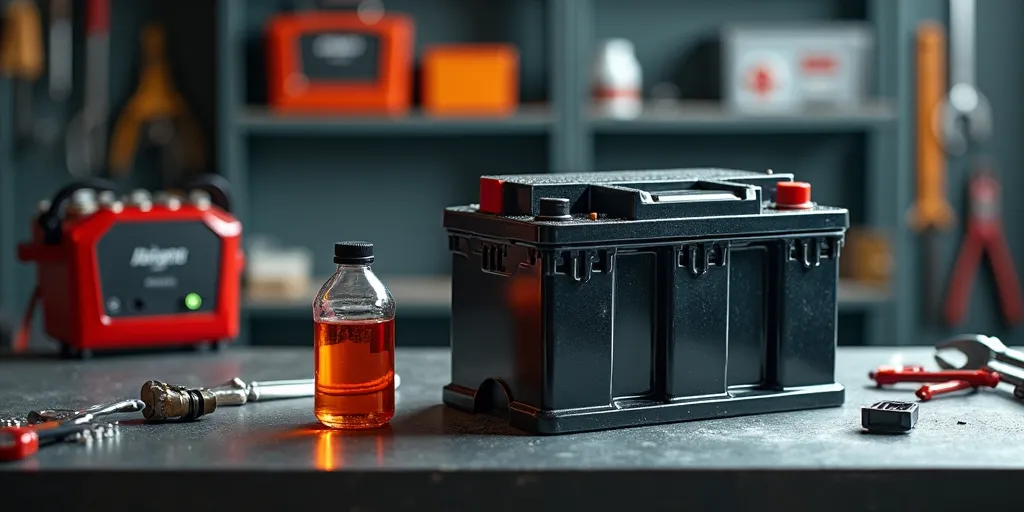-
Shopping Tools
-
Care & Maintenance
-
About
-
Dealer Login

Wondering if “battery restore” really helps your golf cart batteries last longer? On flooded lead-acid packs, quality additives can sometimes reduce sulfation, improve charge acceptance, and recover a bit of range—but they’re maintenance aids, not miracles for badly worn or damaged cells. Used with smart charging, proper watering, and clean connections, they may stretch useful life; used alone, results are often modest and temporary.
Some additives can help flooded lead-acid golf-cart batteries by breaking down hardened sulfate crystals that raise internal resistance. Effectiveness depends on battery condition, age, depth of sulfation, and product quality. They won’t fix shorted cells, cracked plates, or bone-dry batteries, and they are not intended for AGM, Gel, or lithium chemistries.
| May Help | Unlikely to Help |
|---|---|
| Light–moderate sulfation after off-season storage | Shorted cell, broken straps, warped or shed plates |
| Packs that hold charge but lose range early | Cells that are dry or severely stratified |
| Serviceable flooded batteries (removable caps) | AGM, Gel, or any lithium battery (do not add liquid) |
Sometimes. A proper refurb typically includes hydrometer testing, load testing each battery, cleaning/replacing corroded cables, correcting electrolyte levels, and running a carefully controlled desulfation/equalization (flooded only). Light–moderate sulfation may be recoverable; a pack with one weak or dead battery usually yields limited, short-lived gains—often replacing the full set is more economical and reliable.
Battery restore liquids can be useful supporting tools for serviceable flooded lead-acid golf-cart batteries with mild sulfation. They work best alongside correct watering, clean cabling, and a smart charging routine. For severely degraded packs—or for AGM, Gel, and lithium—skip additives and focus on proper diagnostics and, when warranted, a new battery set for dependable performance and range.
